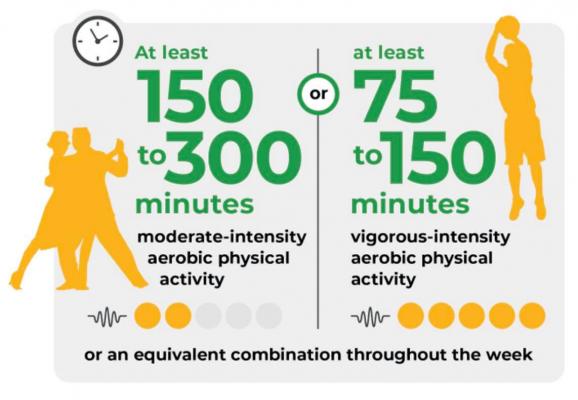Staying fit and healthy is important at any age and is especially vital for those diagnosed with, or at risk of, diabetes.
The team at Essential Health Services shared that exercise physiology is an important part of diabetes treatment.
Some of the benefits of exercise include helping you control your weight and to strengthen your bones and muscles.
Regular exercise helps to improve an individual’s mental health and mood, and assists in the journey to quit smoking.
Keeping a focus on being fit and healthy will reduce your risk of falls, as well as reduce a risk of heart disease.
Type 1 Diabetes
Type 1 diabetes mellitus is a condition in which the cells in the pancreas that produce insulin are destroyed by the body’s own immune system. Insulin is a hormone that lowers the blood glucose (sugars) and allows people to use energy from the food they eat. This process leads to insulin deficiency, which results in high blood glucose levels.
When blood glucose levels are chronically elevated, there is an increased risk of kidney or heart disease, vision problems, pain sensation changes, balance and muscle control loss and stroke.
Regular exercise is a key part to manage diabetes better and decreases the risk of cardiovascular disease, improving the quality of life for those who are diagnosed. While exercise cannot reverse the damage to the cells in the pancreas, it can help improve the blood supply and glucose delivery to muscles.
The beneficial effects of exercise includes:
• Improves how insulin works in the body
• Decreases the doses of insulin required
• Improves cardiovascular health and fitness
• Decreases the risk of diabetes-related complications
• Improves quality of life
• Reduces symptoms of depression
• Decreases risk of high blood pressure and high cholesterol
When it comes to people with type 1 diabetes, who do not have diabetic complications can be involved in most types of exercise and physical activates at low, moderate or high intensities.
Aerobic exercise increases heart and lung fitness, while resistance training maintains muscle and bone strength.
Type 2 Diabetes
Type 2 diabetes mellitus is a chronic condition in which the body’s cells do not respond properly to insulin. Most often, this leads to increased blood glucose (sugar) levels, called hyperglycaemia.
Increasing physical activity can reduce the incidence of type 2 Diabetes by almost 60 per cent in people at risk.
An exercise routine that combines aerobic and resistance training is best for someone with type 2 diabetes.
Although there are some risks associated with physical activity, the risks of inactivity mostly outweigh them.
Measuring blood glucose levels is particularly important before, during and after exercise.
Before starting an exercise program for someone with type 2 Diabetes, keep in mind:
• Low blood glucose: If necessary, consult with your health professional before starting exercise to discuss your medications and monitoring of your blood glucose levels. Exercise may need to be modified.
• Risk of cardiac events: People wishing to exercise vigorously, older people, and people with established cardiovascular disease should be screened before starting a program.
• Peripheral neuropathy: Appropriate footwear, regular foot inspection and low-impact exercises are essential with peripheral neuropathy, and also highly advised for all people with type 2 Diabetes
• Hypertension (high blood pressure): Although exercise reduces hypertension, those with poorly controlled blood pressure should avoid vigorous exercise, particularly resistance training of vigorous intensity
• Obesity: For overweight people with type 2 Diabetes, weight loss will reduce joint pain discomfort when exercising, and encourage them to continue exercising.







